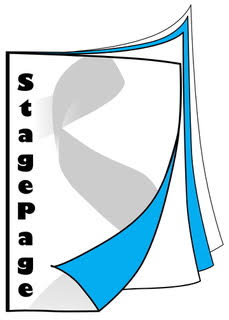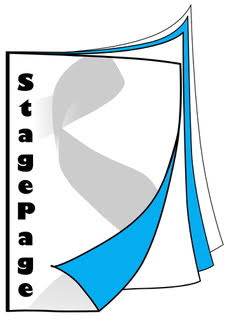Music Musing Monday - Awareness of beat in music and its significance to children beginning to read language.
/Back in June I wrote about the work of Dr Anita Collins, an Australian neuromusical educator from the ACT. Dr Anita Collins has been back in Perth this past week and was a presenter at the national ASME (Australian Society for Music Education) conference held at the University of Western Australia. Although I was unable to attend the conference, I met up for coffee on Saturday with a singing teacher friend and colleague from Sydney. Of course, the conversation turned to the conference themes and presenters and my friend spoke excitedly of the neuromusical research presented – in particular the early childhood musical opportunities which, if utilised, can make a significant difference to a child’s capacity for learning.
We spoke about Dr Collins’ findings that a child who cannot maintain a rhythmic beat is not yet ready to read language. This seems, on one hand a concept so simple, and yet so elusive in our current education systems.
Why do we not train all early childhood teachers in the most fundamental concepts of music – beat and rhythm?
It is important to recognise that this is quite a different need to the equally important one of providing specialist music (and all arts) teachers in primary schools to provide worthwhile teaching and learning experiences. The significance of the early childhood beat and rhythmic work is that, if missed, the neurological benefit cannot be made up for in later childhood. Your thoughts?
I will be asking my primary music and early childhood teacher friends for their most effective classroom beat activities. Watch out for further details in future posts.
In the meantime – keep an eye on Dr Collins’ work – check out ‘Bigger Better Brains’ on facebook.





